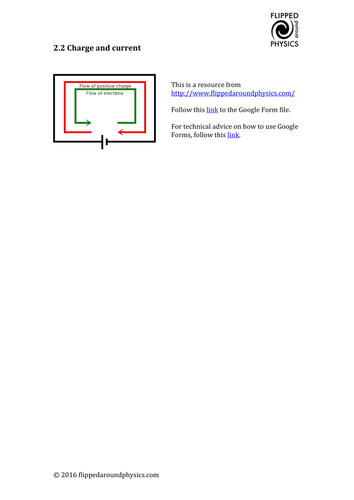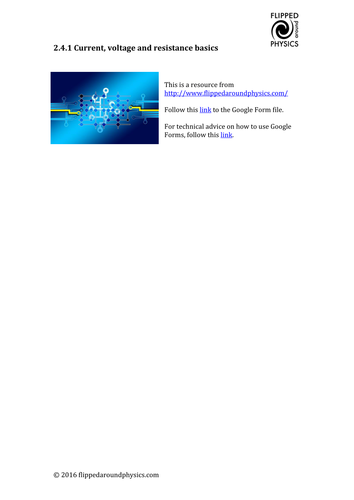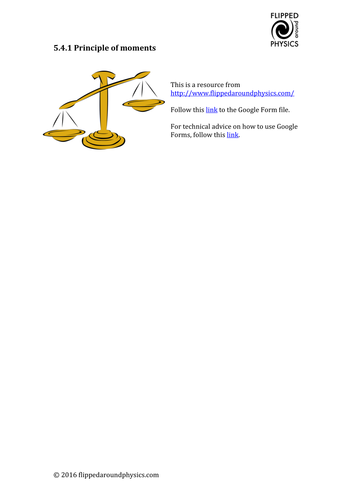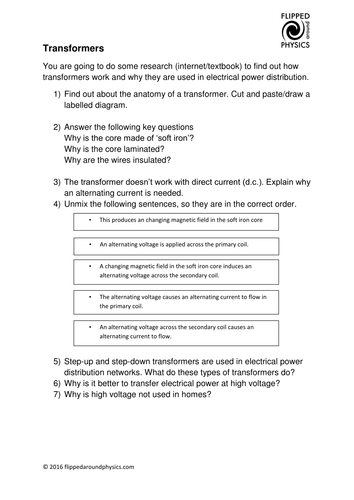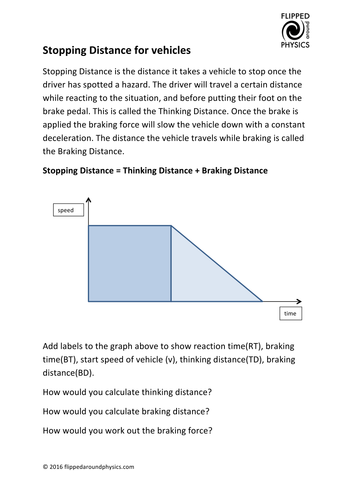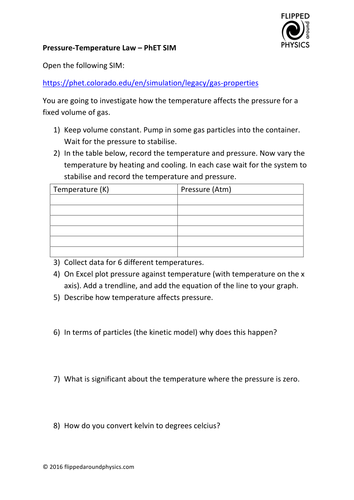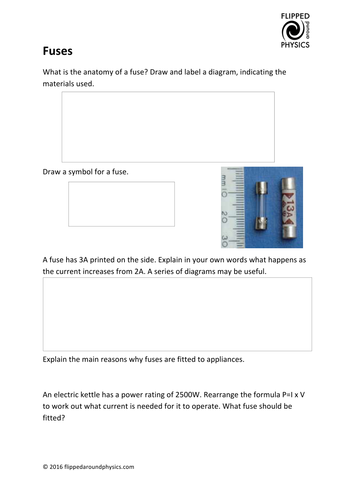eyrejk's shop
Here you will find resources for teaching Physics at GCSE and A-level. Many of these resources have been designed to be used in a flipped classroom. In a flipped classroom, students are asked to prepare a subject in advance of a lesson, by watching instructional videos or using simulations and completing a task. However, these resources can also be used as standalone worksheets for in-class use, as homework, or for revision. Please go to my website for more details, and for answer sheets.









